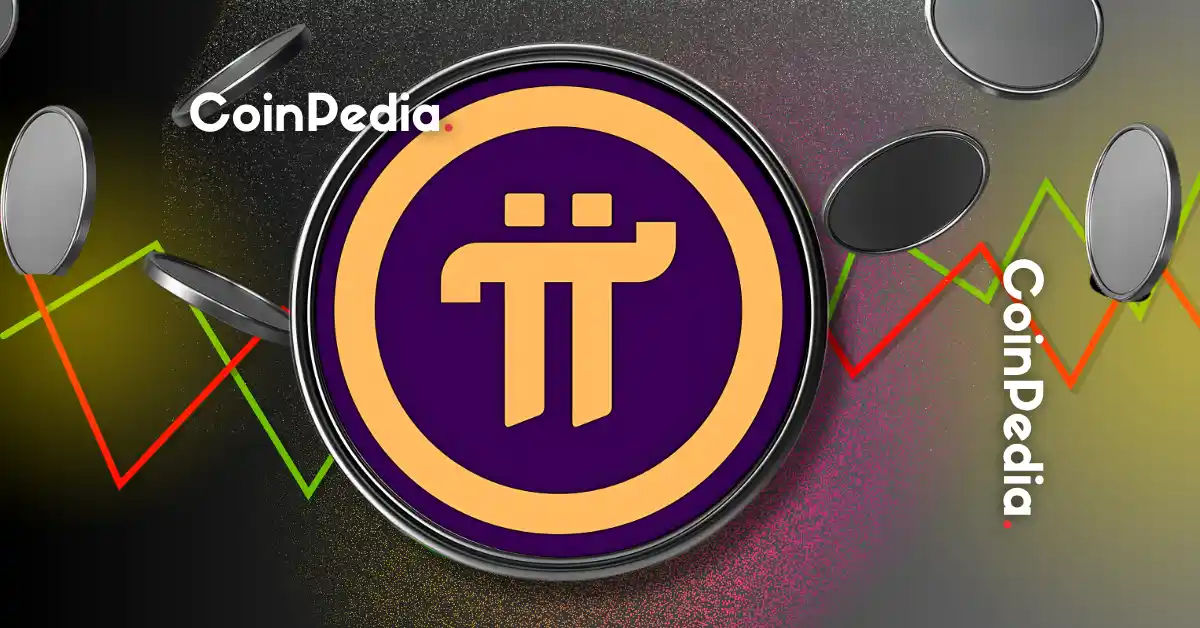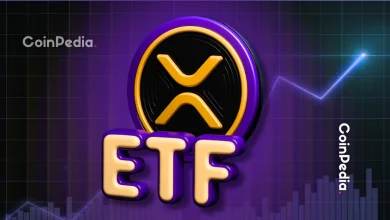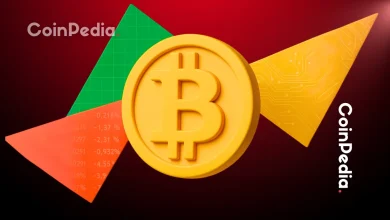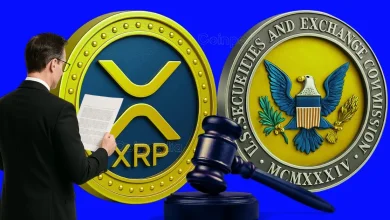
Pi Network’s co-founder introduced a fun sea creature ranking system based on Pi Coin holdings, sparking viral excitement among users.
Most users fall under the Shrimp category, while top wallets control over 96% of supply, raising key questions before Pi’s mainnet launch.
A fun and viral classification system is circulating online, categorizing Pi Coin holders into playful sea creatures based on how much Pi Coin they’ve mined. From Shrimp to Humpback, this new system has sparked excitement among Pioneers—and it might just change how you see your Pi Network holdings.
What’s This Pi Coin Ranking All About?
In a lighthearted post on X (formerly Twitter), Pi Network’s co-founder Dr. Nicolas Kokkalis shared a unique classification system for Pi holders.
Inspired by sea creatures, the ranking assigns each user a category based on their Pi Coin balance. The aim? To boost community engagement as Pi Network gears up for major developments in its decentralized ecosystem.
Here’s the Full Classification System
- Shrimp: Less than 1 Pi Coin
- Crab: 1 to 9 Pi
- Octopus: 10 to 49 Pi
- Fish: 50 to 99 Pi
- Dolphin: 100 to 499 Pi
- Shark: 500 to 999 Pi
- Whale: 1,000 to 4,999 Pi
- Humpback: 5,000+ Pi
This whimsical ranking has quickly become a talking point within the Pi Network community and is even being adopted as a badge of pride among users.
Most Pioneers Are Shrimps – Here’s Why
Analysts estimate that around 70% of Pi Network users hold less than 1 Pi Coin, placing them in the Shrimp category. This high concentration of smaller holders highlights how early many users still are in their Pi mining journey.
Meanwhile, the top 100 wallets control over 96% of the Pi Coin supply, although that includes burn addresses and liquidity pools. So while Whales and Humpbacks hold most of the Pi Network’s circulating supply, they make up only a tiny fraction of the user base.
- Also Read :
- Pi Network Price Will Not Fall Below $0.40, Here’s Why
- ,
What Does This Mean for the Pi Network Price?
As Pi Network prepares for mainnet migration and potential exchange listings, understanding holder distribution becomes crucial. If most users are still Shrimp, this suggests mass adoption is still in progress—and that larger holders could impact Pi Network price significantly during initial trading.
This fun classification might not be official, but it’s clearly uniting Pioneers and adding a viral spark to the Pi community.
Final Thoughts
Whether you’re a proud Shrimp or an elusive Humpback, this ranking system is more than just a joke—it’s a community-driven effort to build excitement and identity within the Pi ecosystem. With Pi Coin possibly approaching its next big milestone, every sea creature in the ocean of Pioneers is watching closely.
Never Miss a Beat in the Crypto World!
Stay ahead with breaking news, expert analysis, and real-time updates on the latest trends in Bitcoin, altcoins, DeFi, NFTs, and more.
FAQs
You can check your Pi Coin balance within the Pi Network app. Once you have passed KYC and your Pi Transferable Balance is migrated to the Mainnet blockchain, your balance will be visible in your Pi Wallet. This balance determines your sea creature rank based on the shared classification system.
While the sea creature ranking is primarily for community engagement and pride, being a “Whale” or “Humpback” signifies a large Pi holding. This could potentially translate to more significant influence within the Pi ecosystem, increased visibility, and a greater share if/when Pi gains substantial market value or undergoes exchange listings.
To move up from “Shrimp” to a higher rank in Pi Network, you need to accumulate more Pi Coins. This is primarily done through active mobile mining (checking in daily), inviting new users to your referral team, building a strong security circle, engaging with Pi apps, and running a Pi Node, all of which boost your mining rate.
If you transfer or lose some of your Pi Coins, your total balance will decrease. Consequently, your sea creature rank will adjust downwards to reflect your new, lower Pi Coin holding. The ranking system is directly based on your current Pi Coin balance, so any change in your balance will affect your assigned category.
Trust with CoinPedia:
CoinPedia has been delivering accurate and timely cryptocurrency and blockchain updates since 2017. All content is created by our expert panel of analysts and journalists, following strict Editorial Guidelines based on E-E-A-T (Experience, Expertise, Authoritativeness, Trustworthiness). Every article is fact-checked against reputable sources to ensure accuracy, transparency, and reliability. Our review policy guarantees unbiased evaluations when recommending exchanges, platforms, or tools. We strive to provide timely updates about everything crypto & blockchain, right from startups to industry majors.
Investment Disclaimer:
All opinions and insights shared represent the author's own views on current market conditions. Please do your own research before making investment decisions. Neither the writer nor the publication assumes responsibility for your financial choices.
Sponsored and Advertisements:
Sponsored content and affiliate links may appear on our site. Advertisements are marked clearly, and our editorial content remains entirely independent from our ad partners.







